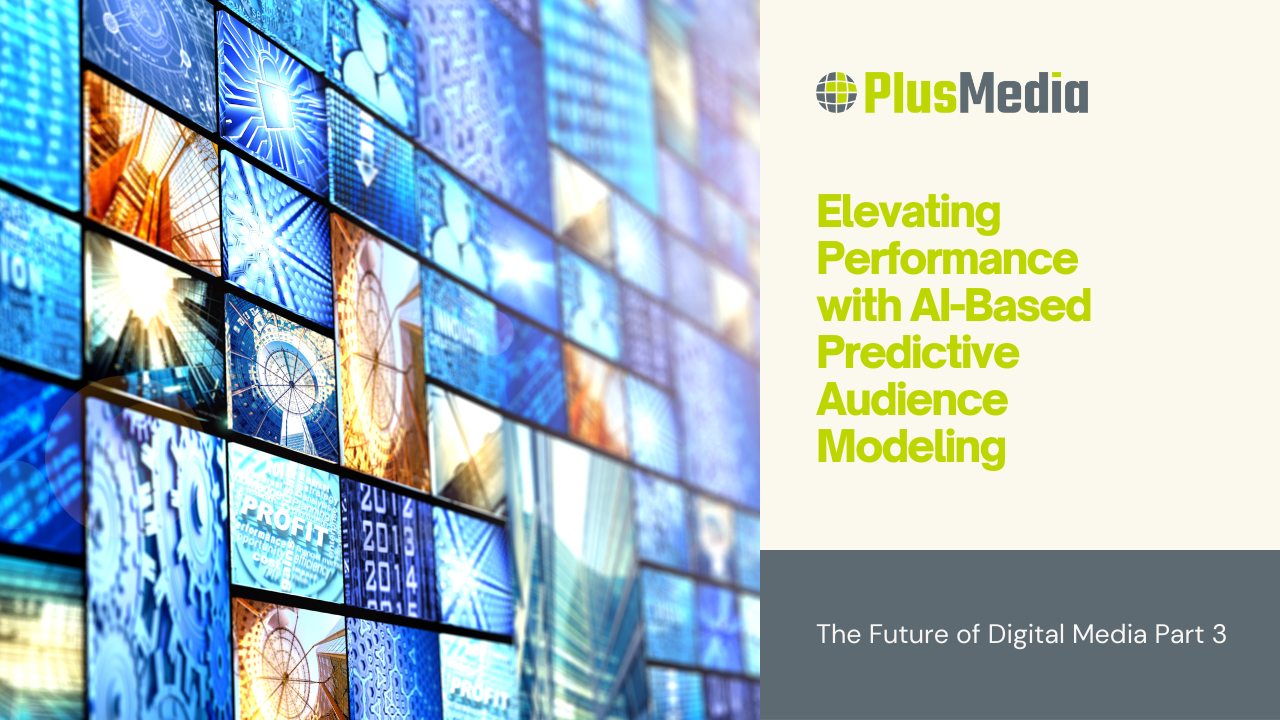As businesses adapt to the changing landscape of digital marketing, the integration of AI-based predictive audience modeling emerges as a pivotal strategy to enhance performance and maximize marketing returns. Building upon the foundation of first-party persistent user identifiers, AI empowers advertisers to unlock deeper insights into customer behavior and preferences, enabling more targeted and effective marketing campaigns.
Understanding Predictive Audience Modeling
Predictive audience modeling leverages advanced algorithms and machine learning techniques to analyze vast amounts of data and predict future behaviors and trends. By mining historical data and identifying patterns, AI can generate highly accurate predictions about which users are most likely to engage with a particular ad or take a desired action.
Enhancing Targeting and Personalization
By incorporating predictive audience modeling into their digital marketing strategies, businesses can refine their targeting efforts and deliver more personalized experiences to their audience. AI algorithms can segment users based on their behavior, interests, and demographics, allowing advertisers to tailor their messaging and creative assets to resonate with specific audience segments.
Moreover, predictive modeling can help advertisers identify new audience segments that may have been overlooked previously, enabling them to expand their reach and connect with untapped markets.
Optimizing Ad Spend and ROI
One of the key benefits of predictive audience modeling is its ability to optimize ad spend and maximize return on investment (ROI). By targeting users who are most likely to convert, advertisers can allocate their resources more effectively and minimize wasteful spending on audiences with low conversion potential.
Additionally, AI can continuously analyze campaign performance and adjust targeting parameters in real-time, ensuring that advertising dollars are invested in channels and strategies that deliver the highest returns.
Integrating AI with First-Party Data and CRM
To fully leverage the power of predictive audience modeling, businesses should integrate AI capabilities with their existing first-party data and CRM systems. By combining insights from AI algorithms with customer data stored in CRM databases, advertisers can create a unified view of their audience and orchestrate more personalized and cohesive marketing campaigns across channels.
This integration enables advertisers to track the entire customer journey, from initial engagement to conversion and beyond, allowing for more accurate attribution and optimization of marketing efforts.
Conclusion: Embracing the Future of Digital Marketing
As we navigate the evolving landscape of digital marketing, the integration of AI-based predictive audience modeling represents a paradigm shift in how businesses connect with their audience online. By harnessing the power of AI, advertisers can unlock new levels of targeting precision, personalization, and campaign performance, driving sustainable growth and success in a post-cookie world.
As businesses continue to adapt and innovate, the combination of first-party persistent user identifiers and AI-based predictive audience modeling will play a crucial role in shaping the future of digital marketing. By embracing these technologies and strategies, businesses can stay ahead of the curve and thrive in an increasingly competitive marketplace.
Together, let’s embrace the future of digital marketing and unlock new possibilities for success. With the right tools and strategies in place, the opportunities are limitless.

